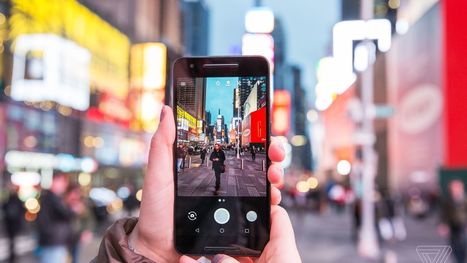Nvidia’s researchers developed an AI that converts standard videos into incredibly smooth slow motion.
The broad strokes: Capturing high quality slow motion footage requires specialty equipment, plenty of storage, and setting your equipment to shoot in the proper mode ahead of time.
Slow motion video is typically shot at around 240 frames per second (fps) — that’s the number of individual images which comprise one second of video. The more fps you have, the better the image quality.
The impact: Anyone who has ever wished they could convert part of a regular video into a fluid slow motion clip can appreciate this.
If you’ve captured your footage in, for example, standard smartphone video format (30fps), trying to slow down the video will result in something choppy and hard to watch.
Nvidia’s AI can estimate what more frames would look like and create new ones to fill space. It can take any two existing sequential frames and hallucinate an arbitrary number of new frames to connect them, ensuring any motion between them is kept.



 Your new post is loading...
Your new post is loading...









AI is slowing down, and it is not what you think.